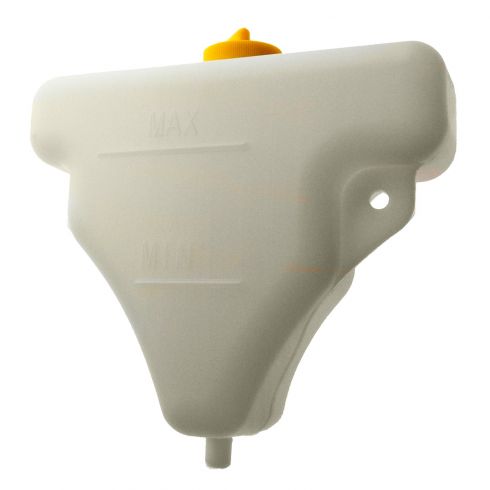Originally Posted By: HTSS_TR
Originally Posted By: Vikas
I still did not understand what are the advantages of pressurized tank fro the manufacturer's perspective?
Originally Posted By: Lolvoguy
The advantage of a pressurized coolant SYSTEM is to raise the boiling point of the coolant.
No, it doesn't raise the boiling point of the coolant system.
It actually lower the boiling point because the pressurized expansion tank doesn't have higher pressure than a system without it.
The non-pressurized reservoir doesn't effect the pressure of the coolant system, engineer may be able to raise the pressure if the system can handle it, this higher pressure will raise boiling point.
Originally Posted By: Lolvoguy
On systems without a coolant overflow tank, the boil-over fluid is simply lost. Cars like these need constant attention (top-ups). 99% of cars built since the 70's do not have this setup (too maintenance intensive).
Comparing the coolant system of the 70's and before with current Honda system the only difference is the external plastic reservoir. This reservoir can be removed when the engine is hot or cold without effect coolant operation. Without reservoir Honda vehicles can be driven normal but you may need to check the coolant level once in a while just like in the 60's and 70's and before. The external plastic reservoir is just make checking coolant level much easier and safer.
There isn't any advantage of pressurized expansion tank over non-pressurized reservoir. There are some advantages for non-pressurized reservoir.
You are saying he's wrong and then confirming exactly what he's saying, which is that a pressurized cooling system (regardless of whether the rad cap is on the rad or the expansion tank) raises the boiling point of the coolant.
This describes basically every cooling system in automotive use in the last 50+ years. They are all pressurized.
FWIW, both of my old Ford vehicles, my Mustang and my Lincoln had the cap on the actual radiator and a plastic overflow jug like your Honda uses. Ford moved away from that design, and it is likely due to rad placement as another poster posited, as it gives them a lot more flexibility when access to the rad (to access the cap) isn't a requirement.
I also think you are over-stating the perceived benefits of a non-pressurized reservoir because it aligns with your bias. The reality is that rad tanks and rads probably fail more often than the expansion tanks unless we are talking about very specific vehicles where that is an issue. The vast majority of manufacturers have moved to pressurized overflow tanks and it obviously isn't because it is cheaper to manufacture.
Flexalite actually has a little blurb on the difference between the two and the advantage of using an expansion tank vs overflow:
Flexalite article
Quote:
As the name implies, an expansion tank expands the coolant capacity of your vehicle’s cooling system. The coolant in the tank is part of the recirculating system, making the system work as though the radiator tanks were larger or the engine held more coolant than it really does.
When using an expansion tank, the cap on the radiator will not be pressurized, allowing the coolant to pass into the expansion tank. The pressurized cap is installed on the expansion tank. In the tank, any trapped air will be separated from the coolant. The coolant then flows into the lower radiator hose via a Y-adapter. Coolant is continuously passing through the expansion tank as it circulates through the radiator and engine.
Quote:
An overflow tank is simpler in its function and installation. Its sole job is to catch any coolant that escapes (overflows) from the radiator. This typically happens if the vehicle runs hot and the pressurized cap on the radiator allows some steam and or coolant to escape.




